12 x 7 cm. Gewicht: 92 g. Fundort: Namibia. Alter: 4 Milliarden Jahre. (12606819) (13)
Gibeon meteorite in the shape of a shark 12 x 7 cm. Weight: 92 g. Site of discovery: Namibia. Age: 4 billion years. Notes: Gibeon is a meteorite that fell in prehistoric times in Namibia. It was named after the nearest town: Gibeon. The fragments of the meteorite in the strewn field are dispersed over an elliptical area 275 kilometres (171 mi) long and 100 kilometres (62 mi) wide, however no craters have yet been identified. The core of this area is situated near the village of Gibeon in Namibia‘s Hardap Region. The meteorite was discovered by the Nama people and used by them to make tools and weapons. In 1836 the English captain J. E. Alexander collected samples of the meteorite in the vicinity of the Fish River and sent them to London. There John Herschel analyzed them and confirmed for the first time the extraterrestrial nature of the material. The term Gibeon encompasses the whole meteoritic material fallen from the sky during this fall. This material is classified as iron meteorite belonging to the chemical group IVA. Gibeon meteorites are composed of an iron-nickel alloy containing significant amounts of cobalt and phosphorus. The crystal structure of this meteorite provides a classic example of fine octahedrite and the Widmanstätten pattern is appreciated for its beauty both by collectors and designers of jewelry. These lines and patterns are the result of cooling in outer space over billions of years. Widmanstätten patterns, also known as Thomson structures, are figures of long nickel–iron crystals, found in the octahedrite iron meteorites and some pallasites. They consist of a fine interleaving of kamacite and taenite bands or ribbons called lamellae. In 1808, these figures were named after Count Alois von Beckh Widmanstätten, the director of the Imperial Porcelain works in Vienna. While flame heating iron meteorites, Widmanstätten noticed color and luster zone differentiation as the various iron alloys oxidized at different rates. He did not publish his findings, claiming them only via oral communication with his colleagues. The discovery was acknowledged by Carl von Schreibers, director of the Vienna Mineral and Zoology Cabinet, who named the structure after Widmanstätten. However, it is now believed that the discovery of the metal crystal pattern should actually be assigned to the English mineralogist William Thomson as he published the same findings four years earlier.
12 x 7 cm. Gewicht: 92 g. Fundort: Namibia. Alter: 4 Milliarden Jahre. (12606819) (13)
Gibeon meteorite in the shape of a shark 12 x 7 cm. Weight: 92 g. Site of discovery: Namibia. Age: 4 billion years. Notes: Gibeon is a meteorite that fell in prehistoric times in Namibia. It was named after the nearest town: Gibeon. The fragments of the meteorite in the strewn field are dispersed over an elliptical area 275 kilometres (171 mi) long and 100 kilometres (62 mi) wide, however no craters have yet been identified. The core of this area is situated near the village of Gibeon in Namibia‘s Hardap Region. The meteorite was discovered by the Nama people and used by them to make tools and weapons. In 1836 the English captain J. E. Alexander collected samples of the meteorite in the vicinity of the Fish River and sent them to London. There John Herschel analyzed them and confirmed for the first time the extraterrestrial nature of the material. The term Gibeon encompasses the whole meteoritic material fallen from the sky during this fall. This material is classified as iron meteorite belonging to the chemical group IVA. Gibeon meteorites are composed of an iron-nickel alloy containing significant amounts of cobalt and phosphorus. The crystal structure of this meteorite provides a classic example of fine octahedrite and the Widmanstätten pattern is appreciated for its beauty both by collectors and designers of jewelry. These lines and patterns are the result of cooling in outer space over billions of years. Widmanstätten patterns, also known as Thomson structures, are figures of long nickel–iron crystals, found in the octahedrite iron meteorites and some pallasites. They consist of a fine interleaving of kamacite and taenite bands or ribbons called lamellae. In 1808, these figures were named after Count Alois von Beckh Widmanstätten, the director of the Imperial Porcelain works in Vienna. While flame heating iron meteorites, Widmanstätten noticed color and luster zone differentiation as the various iron alloys oxidized at different rates. He did not publish his findings, claiming them only via oral communication with his colleagues. The discovery was acknowledged by Carl von Schreibers, director of the Vienna Mineral and Zoology Cabinet, who named the structure after Widmanstätten. However, it is now believed that the discovery of the metal crystal pattern should actually be assigned to the English mineralogist William Thomson as he published the same findings four years earlier.
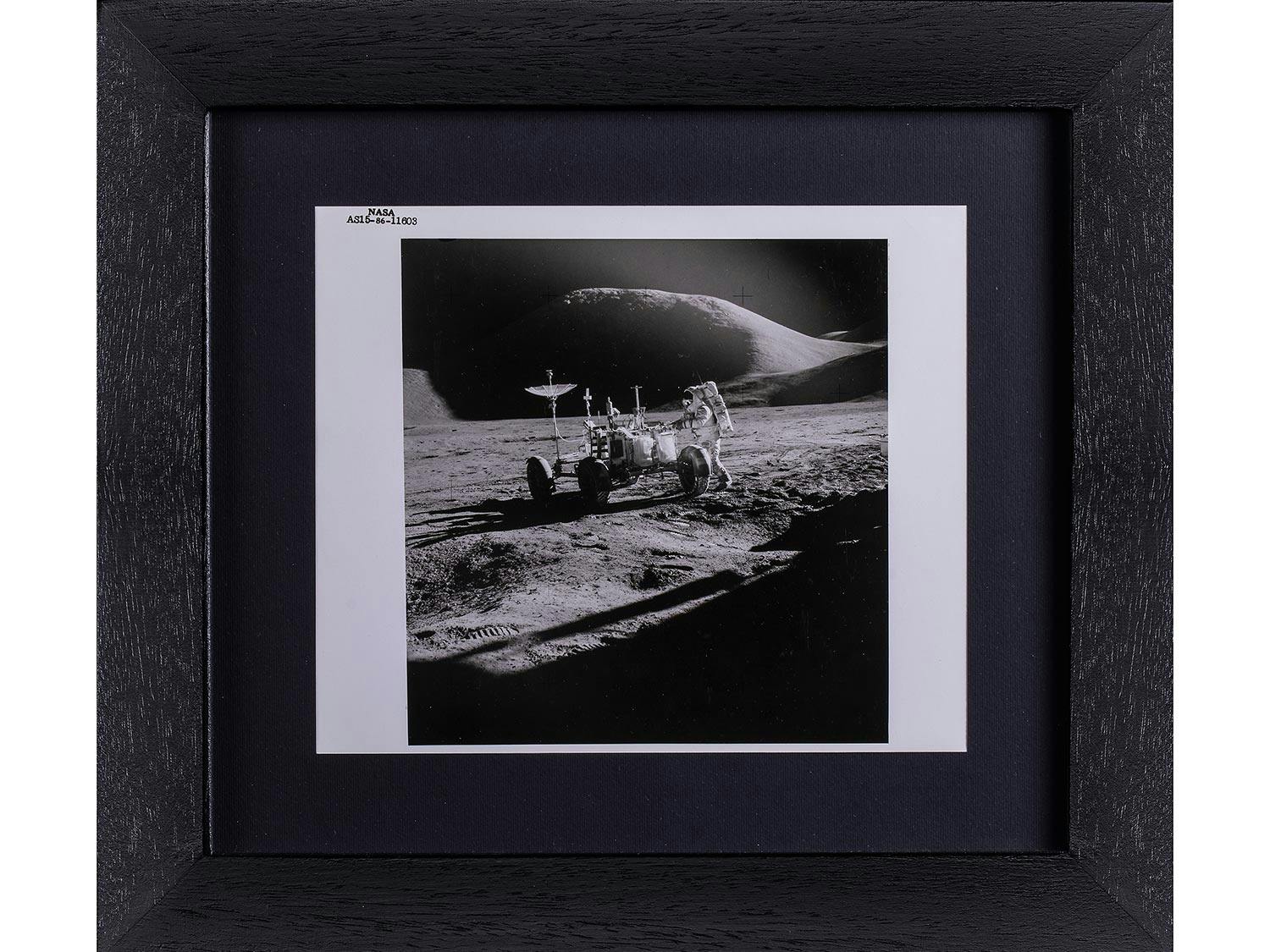
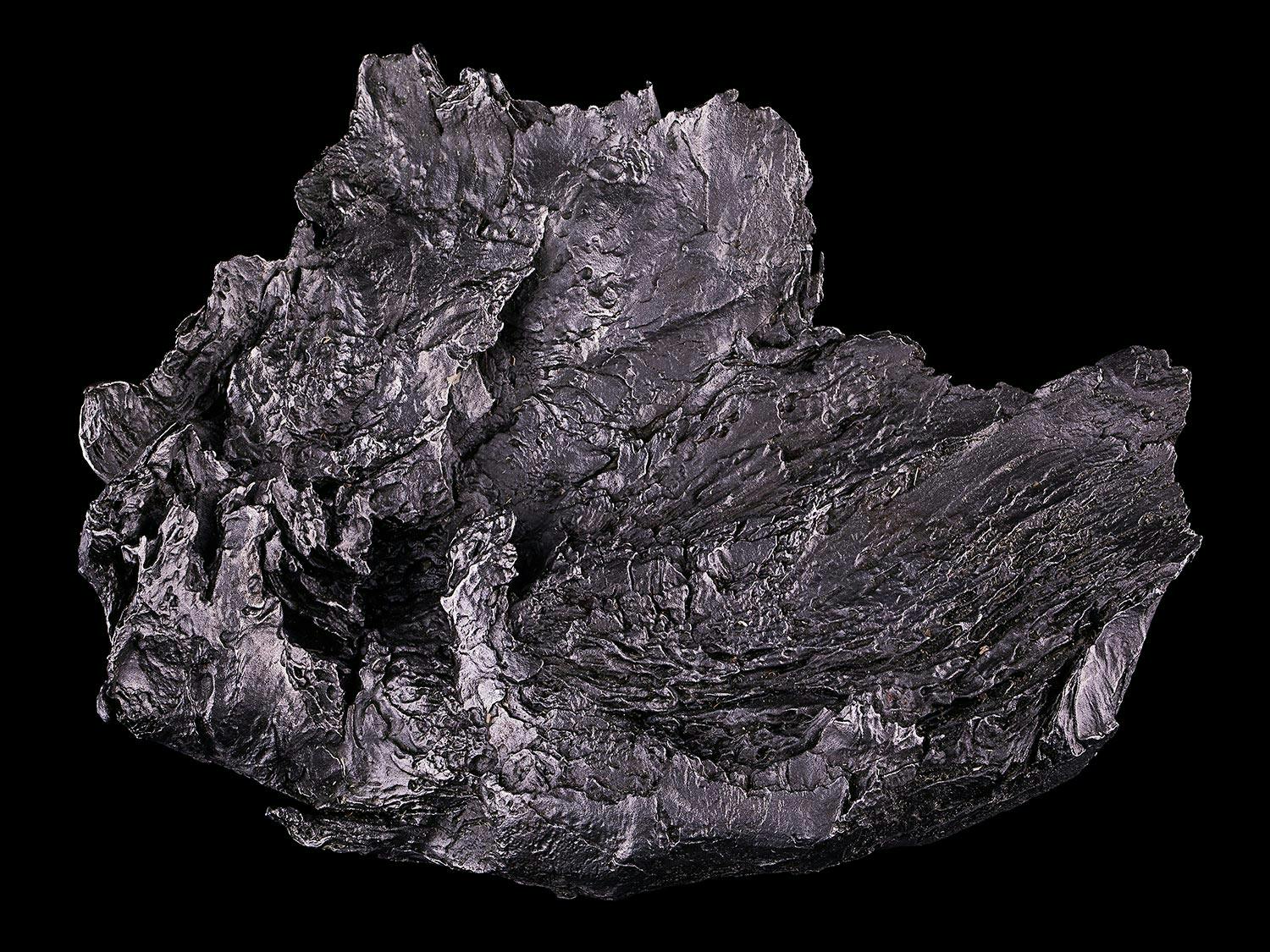
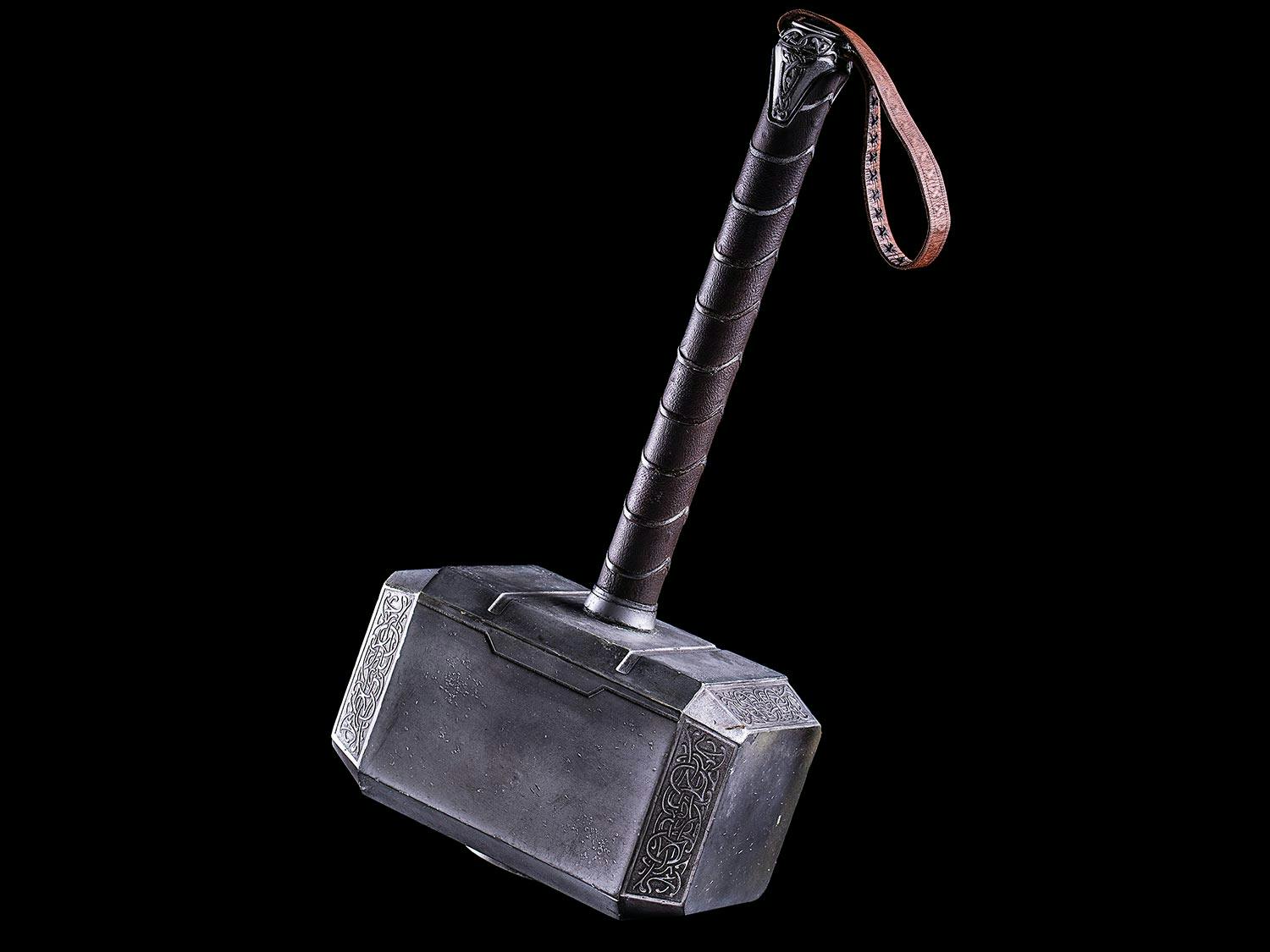
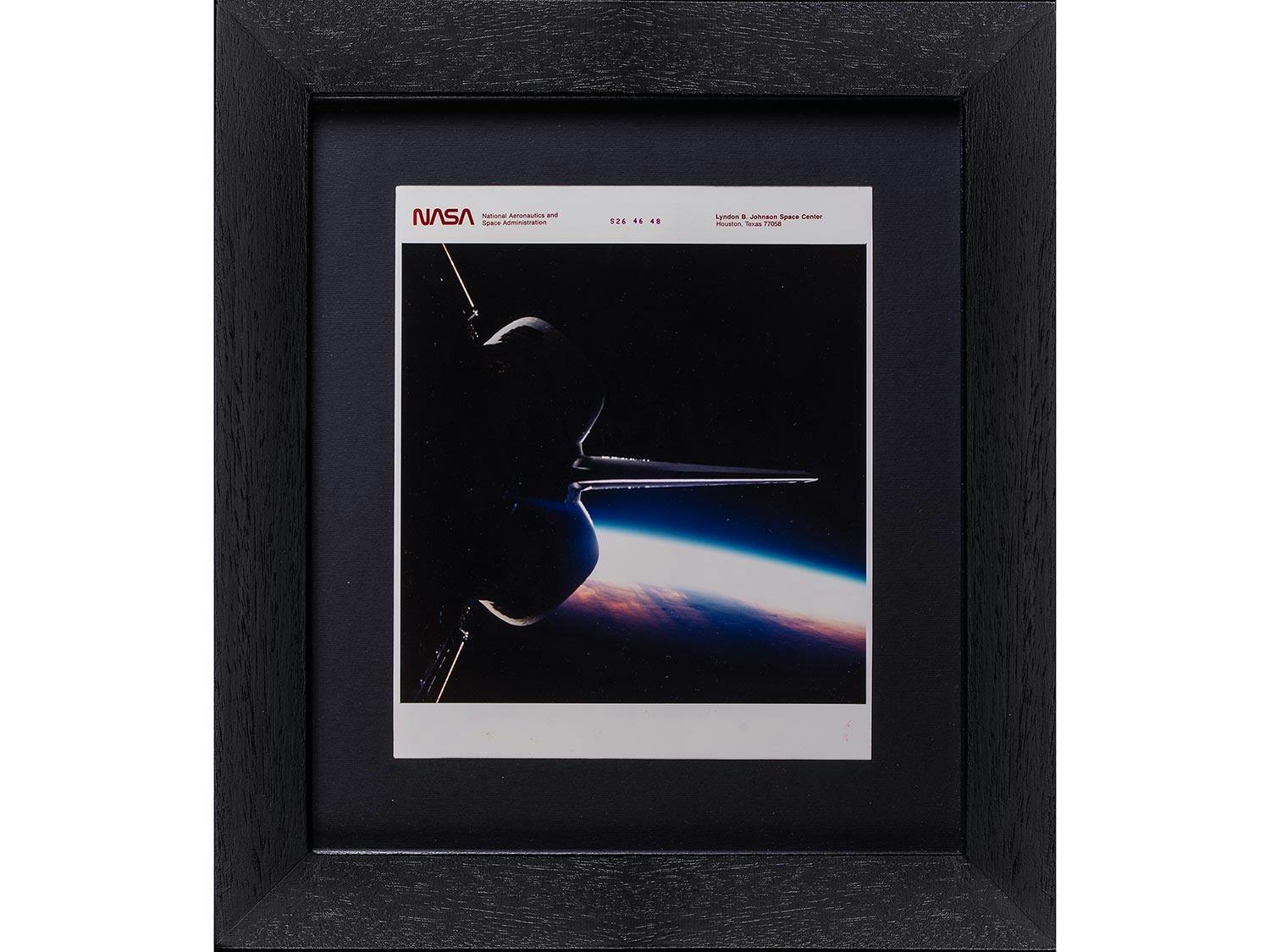
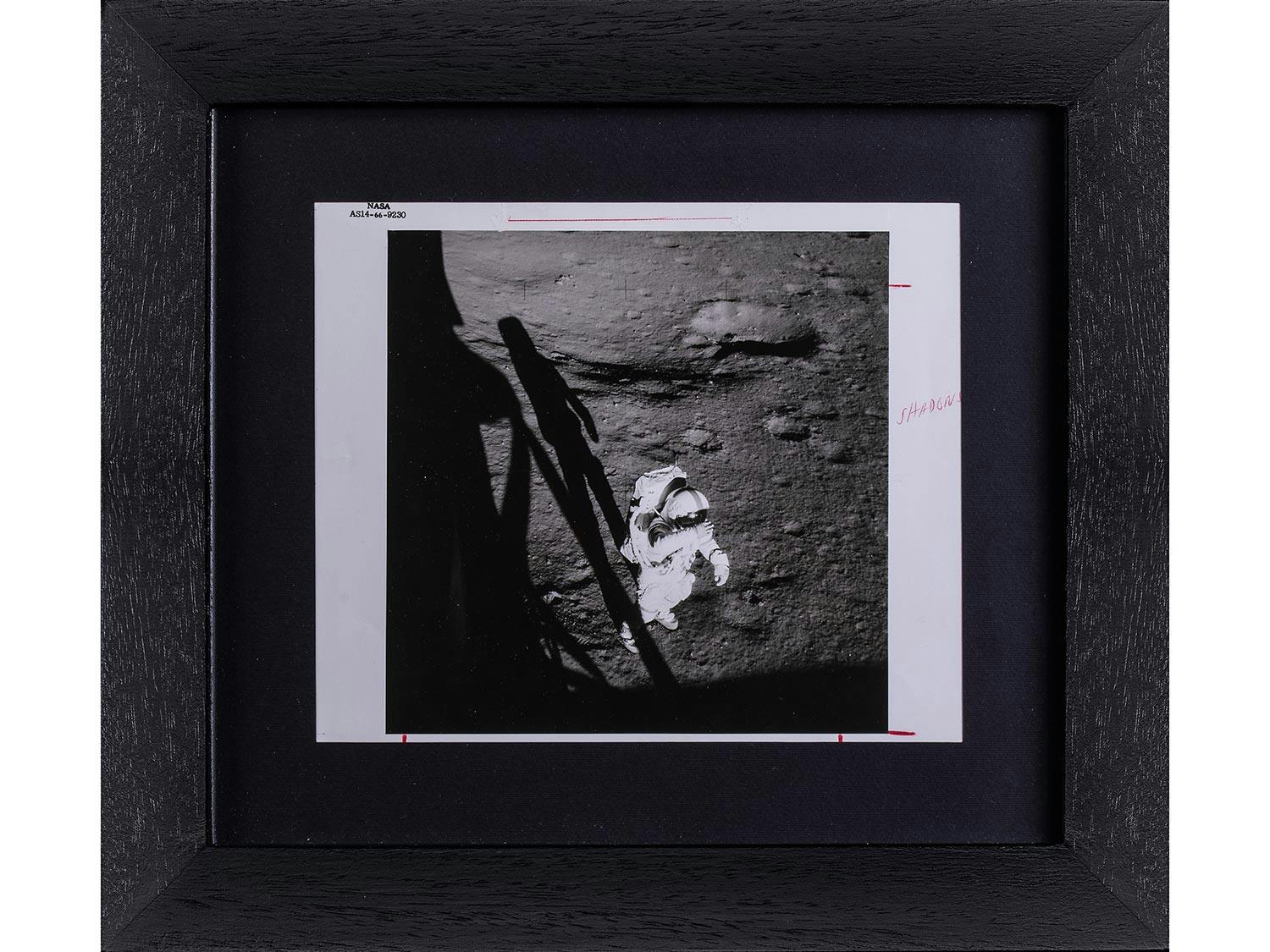
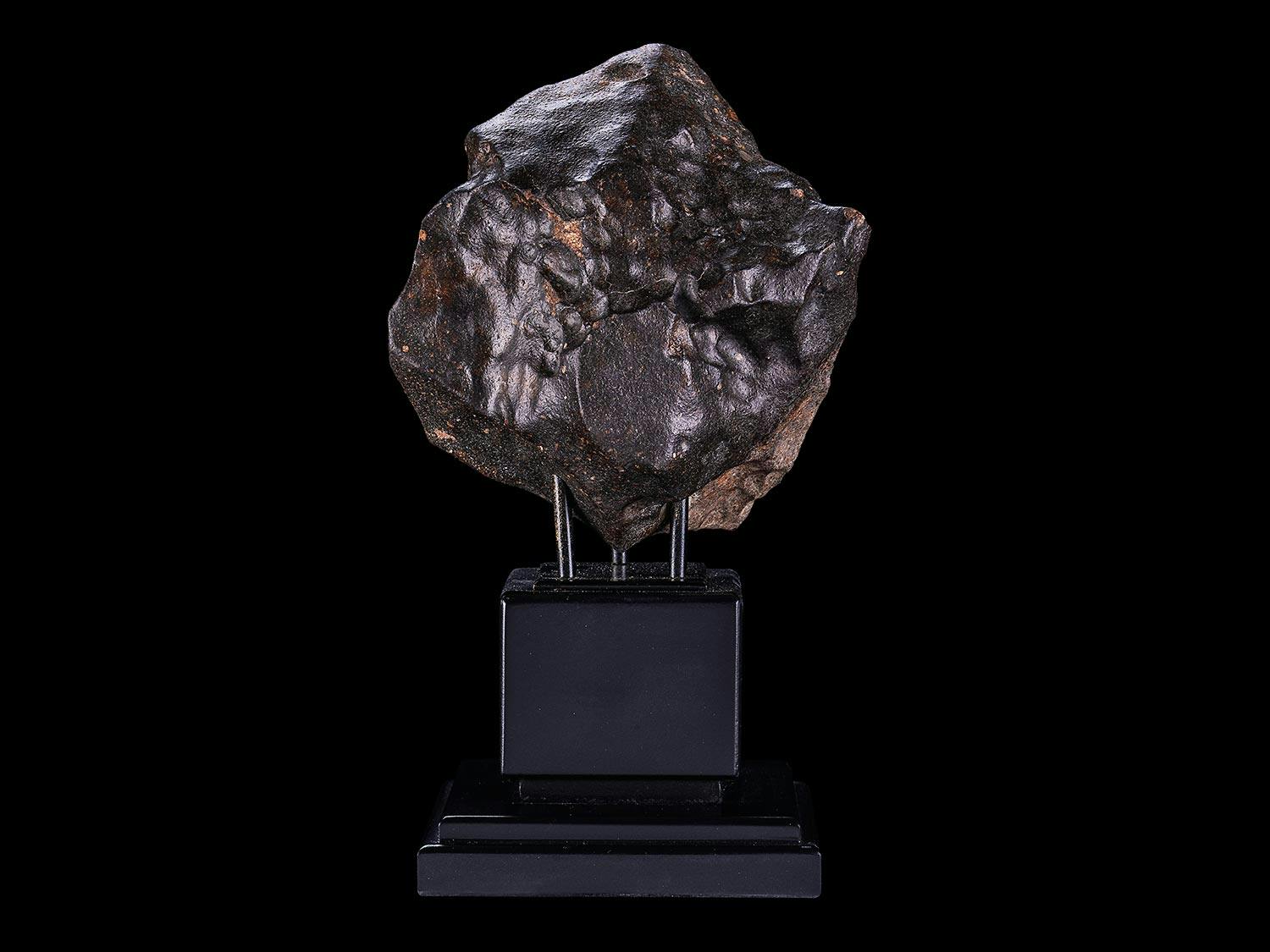
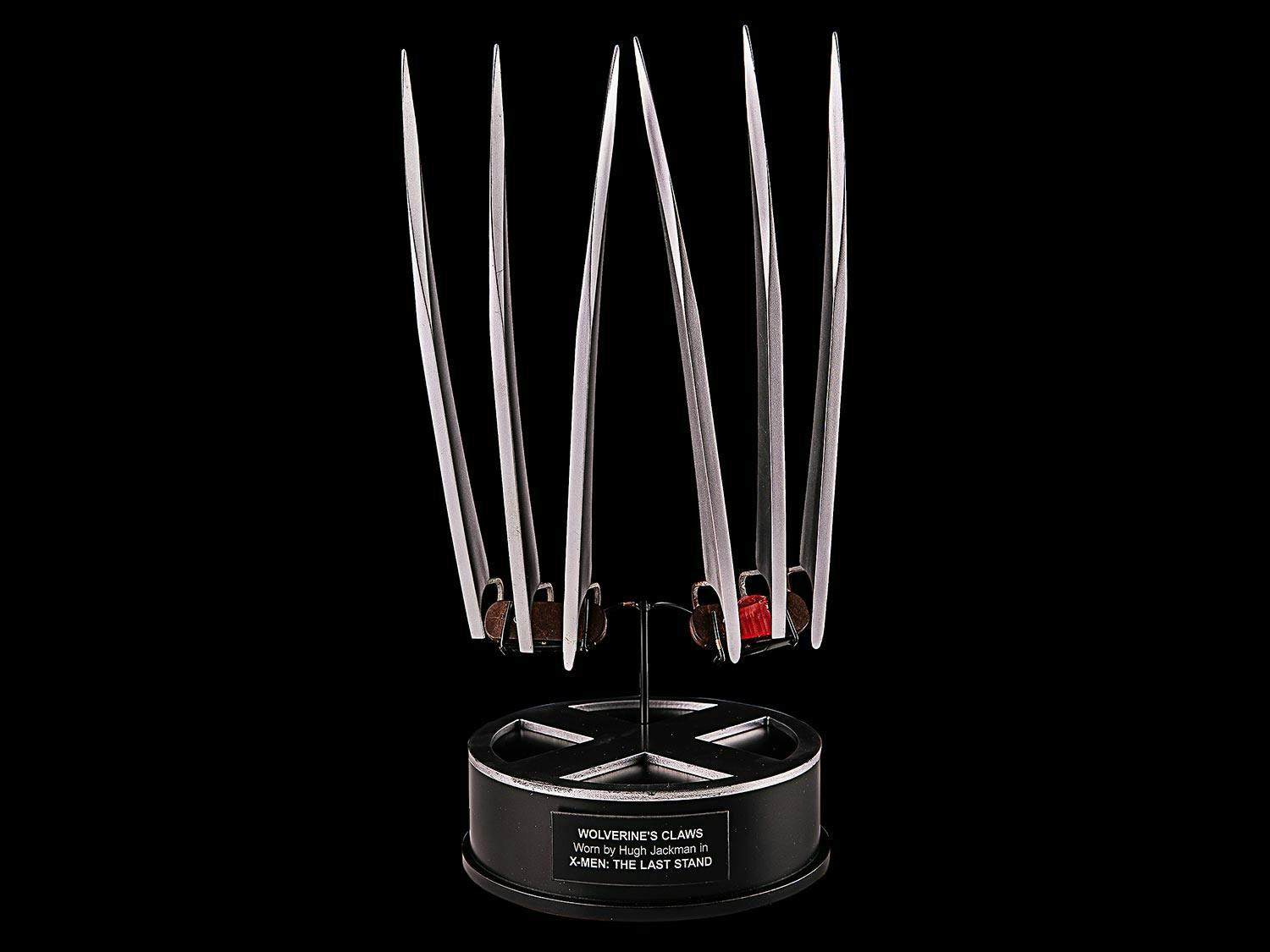
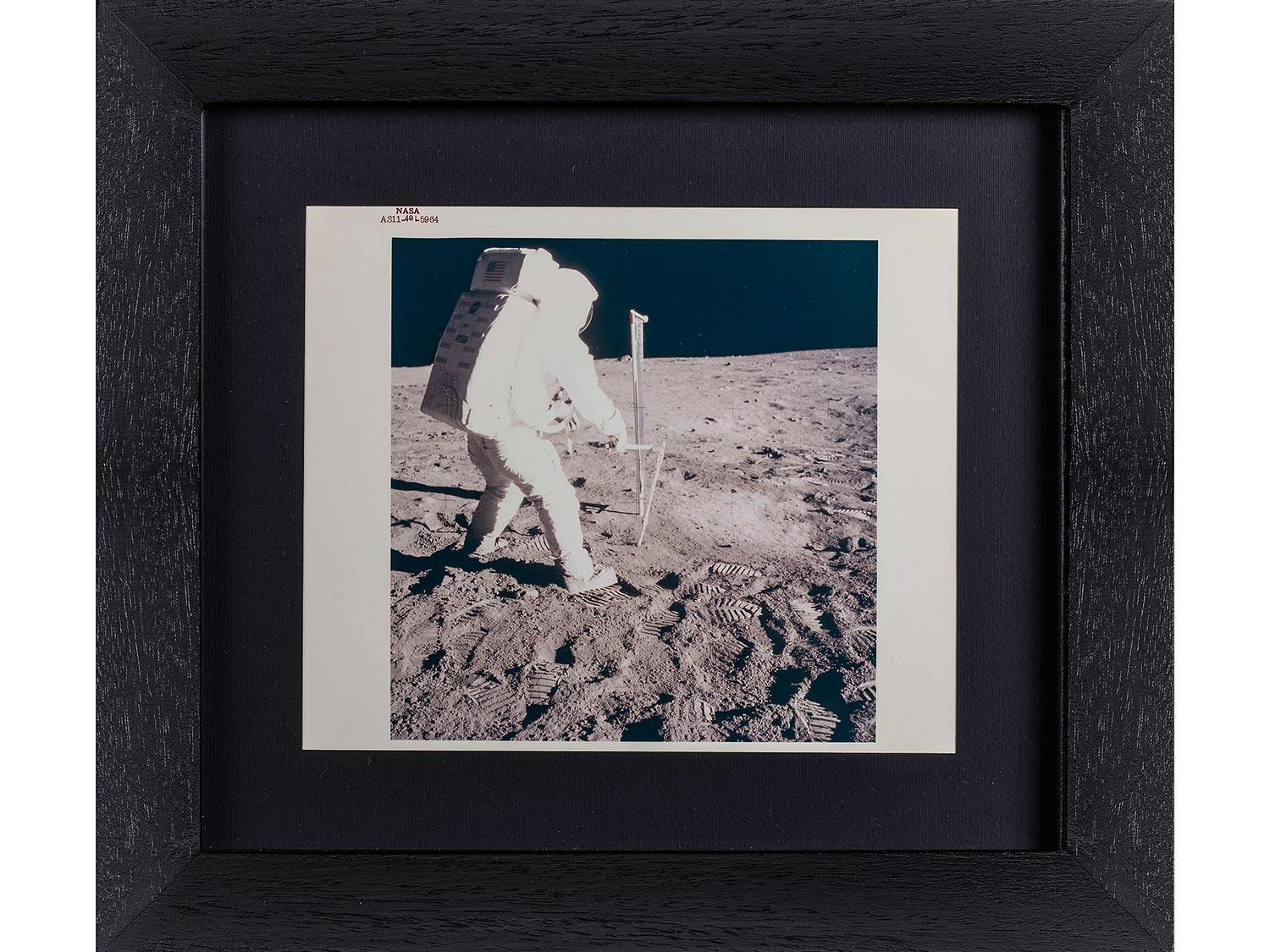
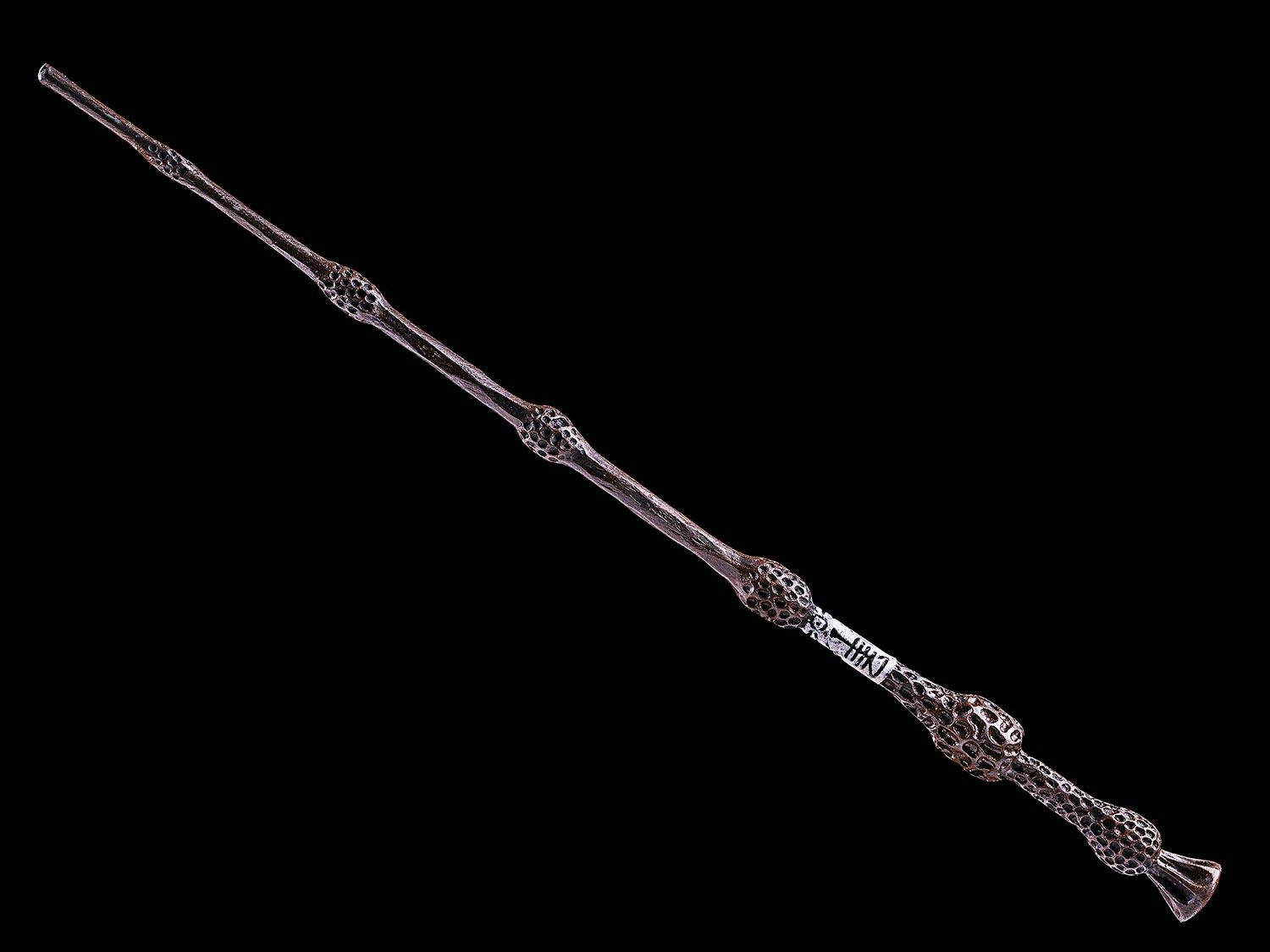
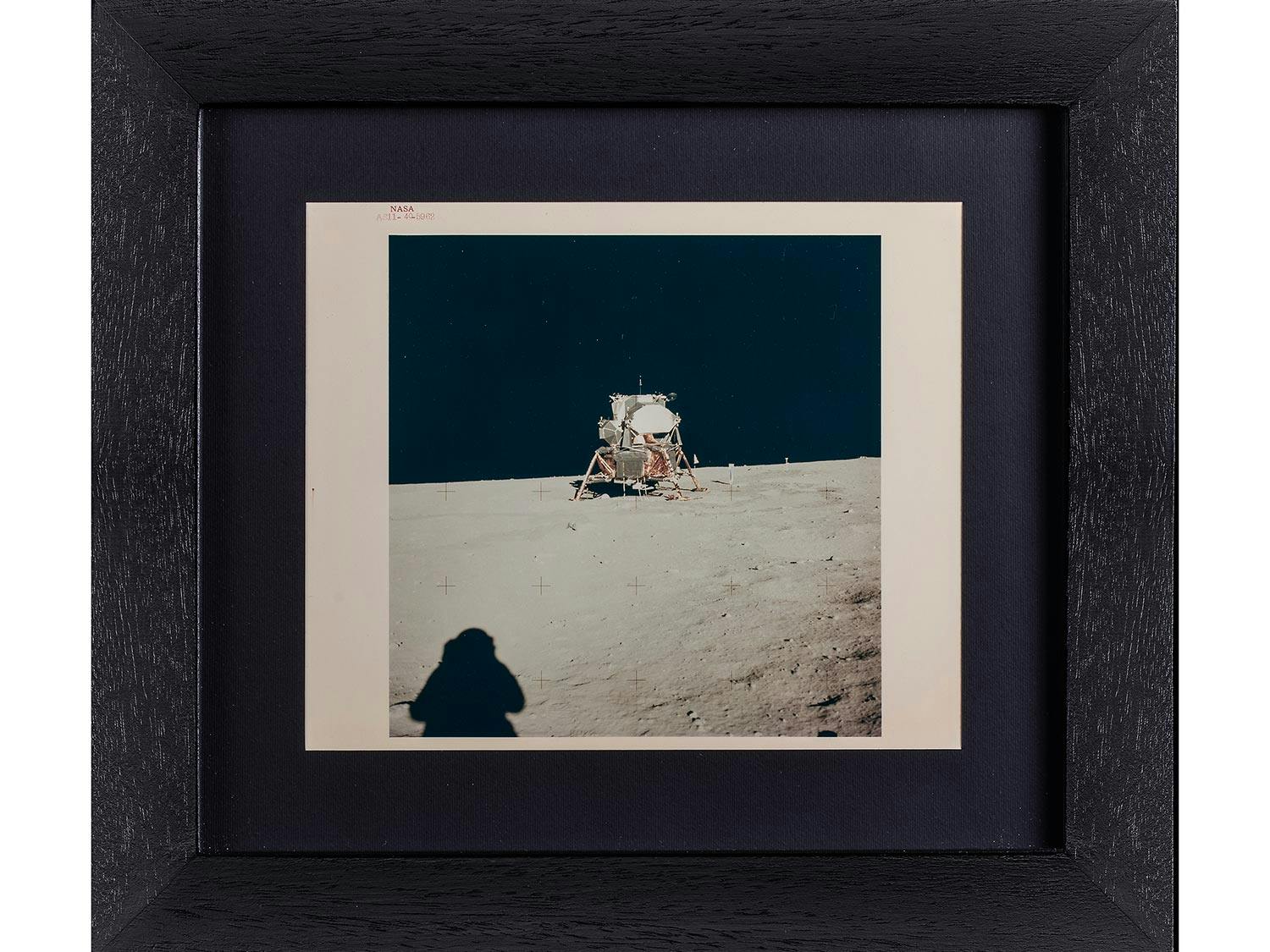
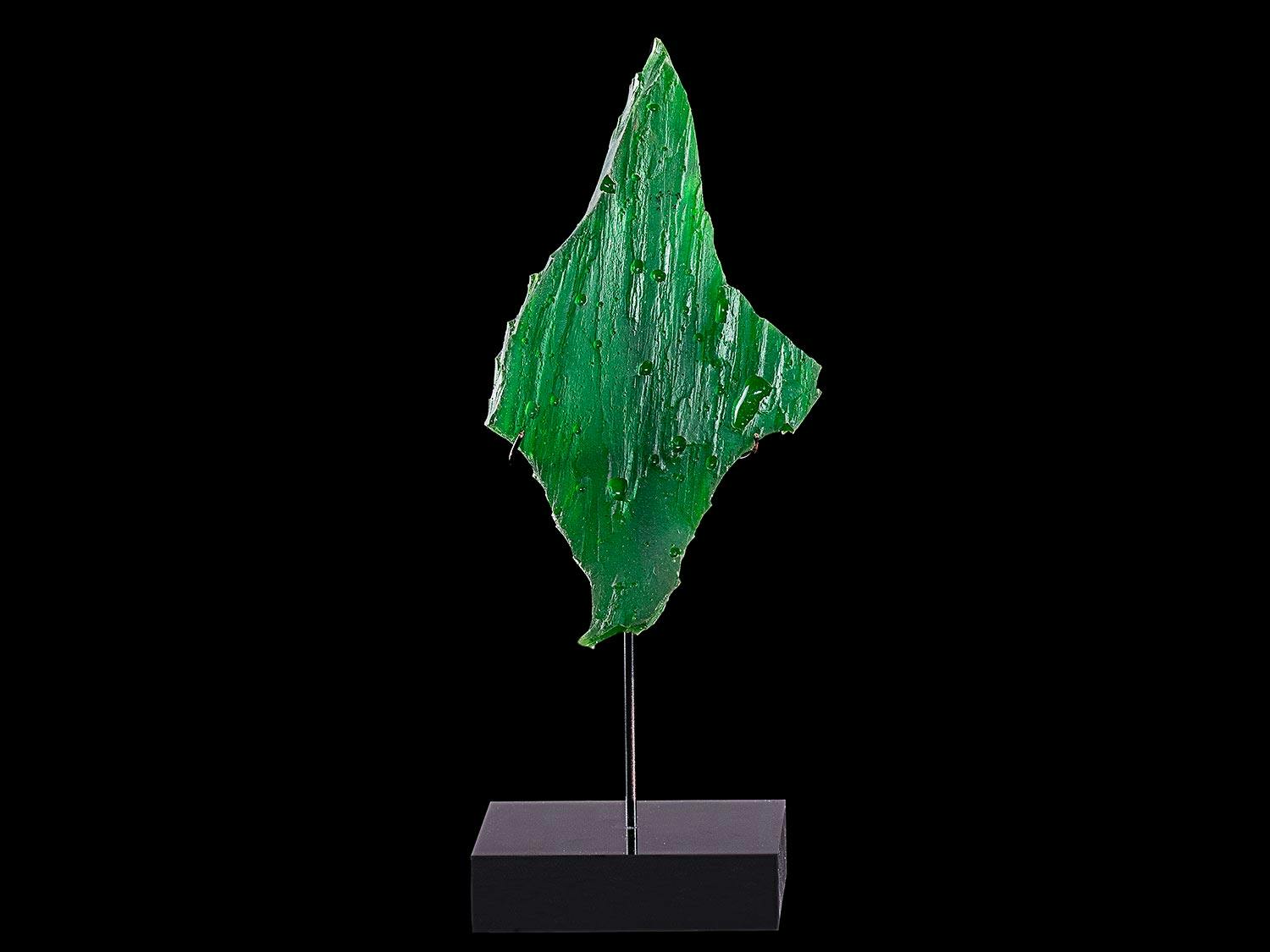
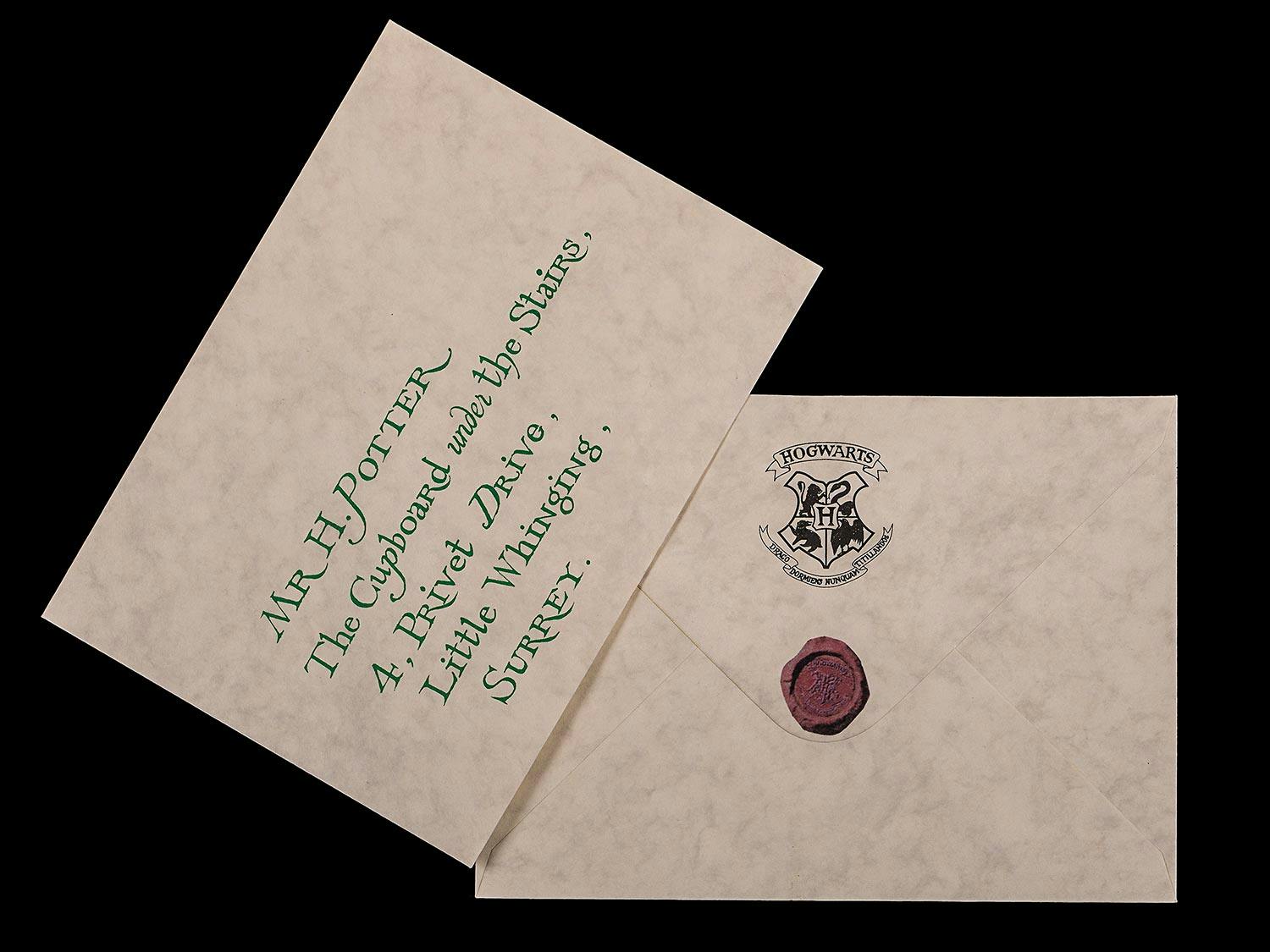
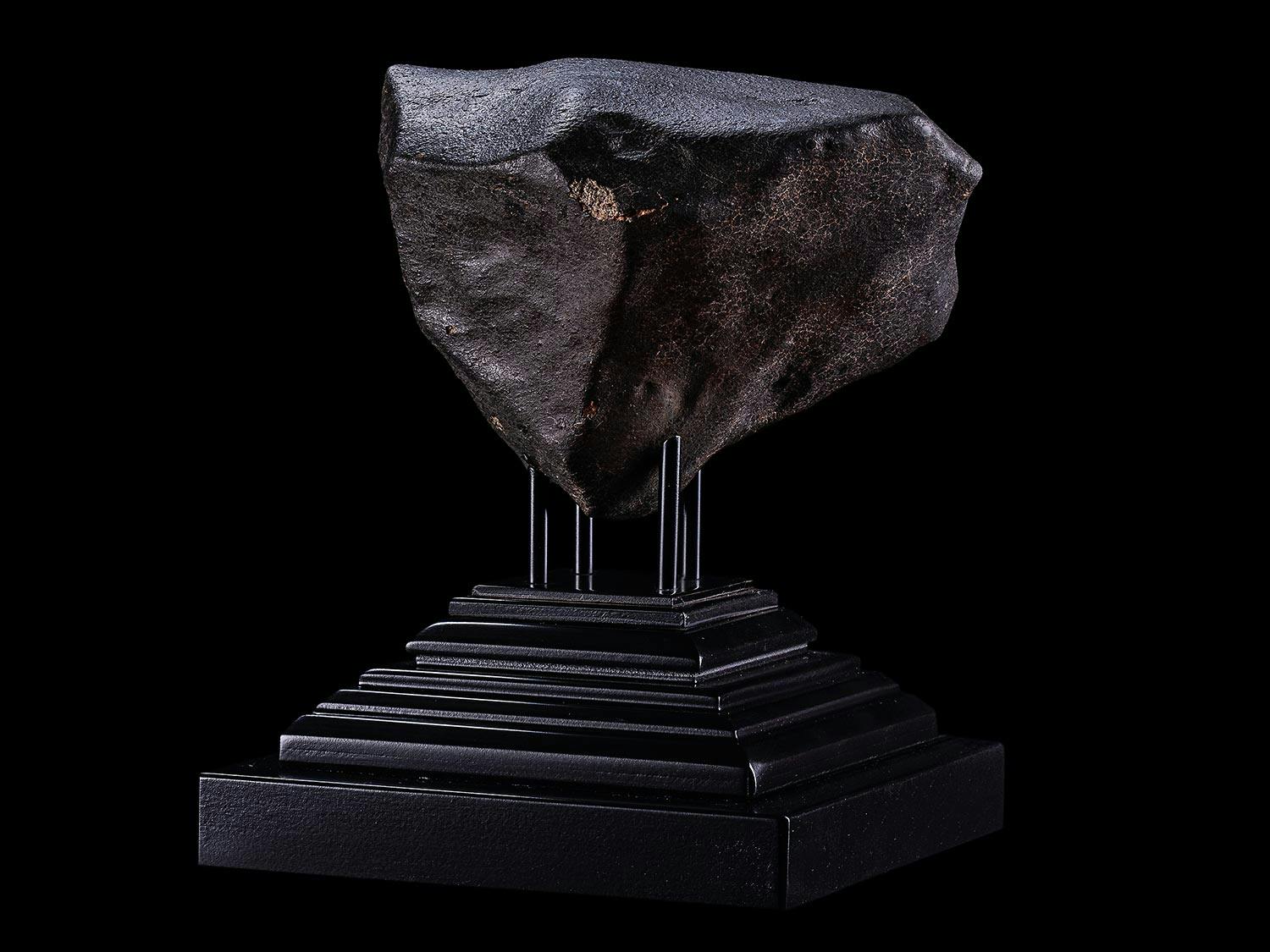
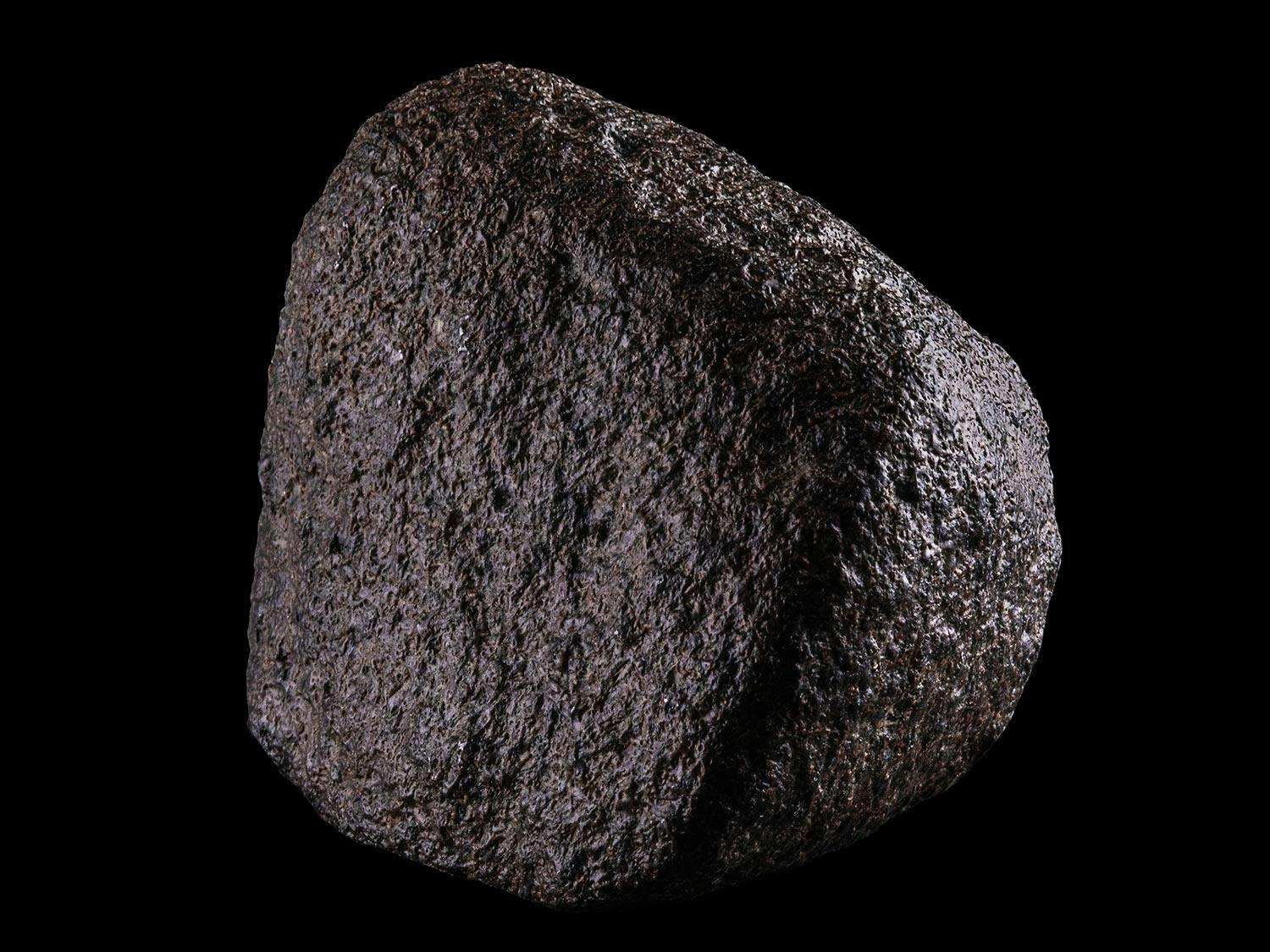
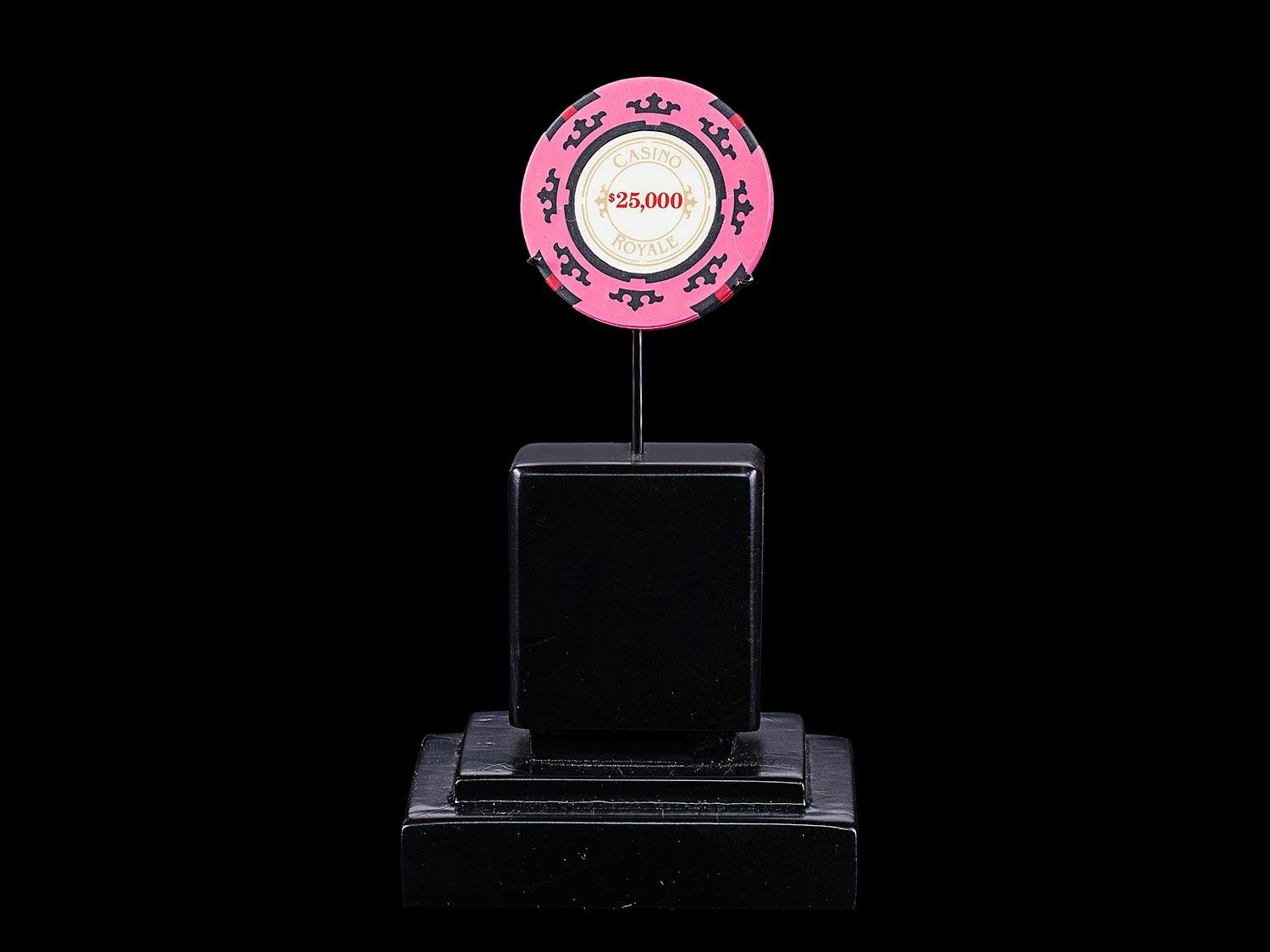
Try LotSearch and its premium features for 7 days - without any costs!
Be notified automatically about new items in upcoming auctions.
Create an alert